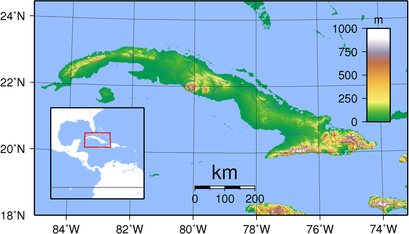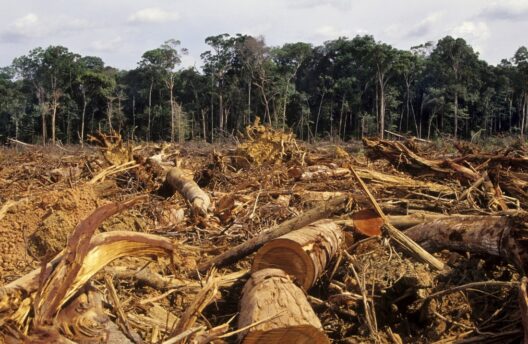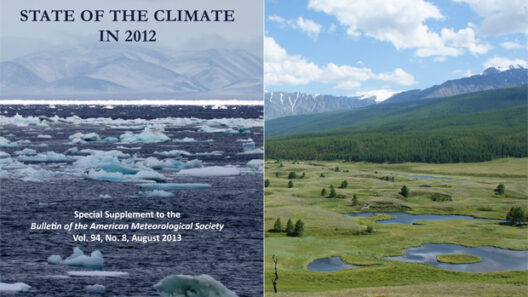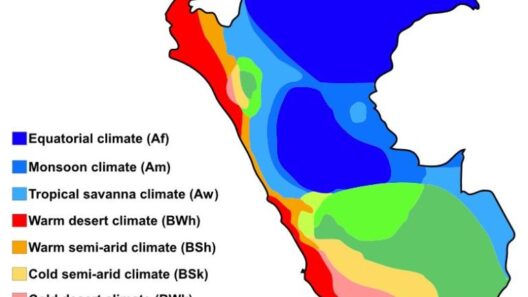Cuba, an enchanting isle nestled in the Caribbean Sea, possesses a climate that is as vibrant and dynamic as its rich culture. The atmospheric conditions here are shaped by the island’s geographical location, the Caribbean Sea’s warmth, and the trade winds that sweep across the region. This creates a unique climatic tapestry that can be best described as a sultry symphony of tropical heat, punctuated by the rhythmic beats of seasonal storms.
At its core, Cuba experiences a tropical climate characterized by two predominant seasons: the dry season, which stretches from November to April, and the wet season from May to October. During the dry months, the air is suffused with a gentle warmth, tempered by fresh breezes from the north. This season is an opportune time for outdoor escapes, allowing residents and visitors alike to bask in the sun’s soft rays, while savoring the balmy, golden glow of the Cuban atmosphere.
As the wet season arrives, the island transitions into a more tempestuous personality. The air becomes thick with humidity, creating a sensation akin to walking through a warm, damp embrace. Daily temperatures often soar into the upper 80s Fahrenheit, intertwining with oppressive humidity levels that can eclipse 90 percent. Such conditions stir a relentless energy, transforming the landscape into a verdant paradise, yet simultaneously beckoning the arrival of tropical storms.
The Caribbean region is no stranger to the ferocity of storm systems, and Cuba stands as a resolute sentinel in their path. Tropical storms and hurricanes frequently parade through the warm waters surrounding the island, with the peak hurricane season extending from August to October. As they traverse the ocean, they have the potential to intensify into formidable storms capable of impacting Cuba’s breathtaking coastline and communities. The island’s geographical positioning subjects it to these climatic whims, compelling both resilience and adaptability among its inhabitants.
In the face of nature’s volatile beauty, Cuban cities and rural areas are increasingly challenged by flooding and storm surges. The severity and frequency of these weather events have amplified in recent years, correlating with the broader narrative of climate change. While a tropical storm can enliven the landscape with nourishing rains, it can also wreak havoc, prompting communities to contemplate their resilience in a changing climate. Much like the duality of Cuba itself—where joy and sadness coexist, where the beauty of its landscapes contrasts with the severity of its challenges—the storms serve as a metaphor for the unpredictable nature of existence.
Yet, Cuba’s climate is not solely defined by its storms; it is also home to an exquisite biodiversity that flourishes under the warm sun. The island’s varied ecosystems, from lush tropical forests to arid cactus fields, thrive thanks to the nurturing warmth and rains brought by the seasonal shifts. This rich ecological diversity plays a crucial role in supporting myriad flora and fauna, some of which are unique to the island. Witnessing the vivid display of life amidst Cuba’s climatic dualities provides a glimpse into the resilience of nature in the face of adversity.
Cuban agriculture, a vital lifeline for its economy and populace, is deeply intertwined with the local climate. The island’s fertile soil, combined with the warm climate, yields an array of crops, including sugar cane, tobacco, and coffee. However, the unpredictability of seasonal storms poses challenges for farmers, compelling them to adapt their practices to mitigate the impacts of extreme weather. These agricultural endeavors are a testament to human ingenuity, reflecting a communal spirit as farmers band together to weather both literal and metaphorical storms.
The unique appeal of Cuba lies not just in its captivating landscapes and the allure of its vibrant culture; it is also steeped in an understanding of the climate that shapes everyday life. The local populace embraces the tropics with an attitude of both reverence and pragmatism, celebrating the warmth of the sun while preparing for the tempestuous nature of the skies. This cultural nuance is evident in the island’s architecture, reflecting a harmonization with the environment through features designed to withstand heavy rains and winds.
As the world increasingly grapples with the implications of climate change, Cuba stands at a crossroads. Its climate narrative intertwines with global discourses on sustainability and resilience. The island is poised as a living laboratory, illustrating how communities can respond to environmental challenges while preserving their cultural identity. Awareness and adaptation efforts resonate within local governance and community initiatives, echoing the importance of climate action through grassroots movements.
In conclusion, Cuba’s climate is a complex tapestry woven from the threads of tropical heat, seasonal storms, and rich biodiversity. It embodies both the beauty and unpredictability of nature, guiding the lives of its residents in ways that are both challenging and enriching. The island remains a poignant reminder of humanity’s connection to the environment—a vibrant symbiosis that can inspire resilience in the face of adversity. As the world continues to evolve, Cuba’s climate story symbolizes hope, adaptation, and the enduring strength of a community rooted in both land and spirit.








